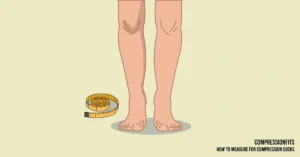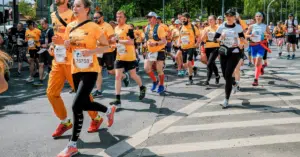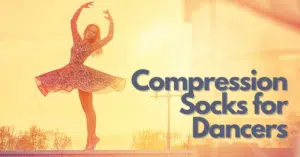Compression socks are specialized types of graduated socks designed to apply gentle pressure on the legs to relieve discomfort and pain. They are tailored to gently squeeze your lower legs, which helps to alleviate blood flow within them and back to the heart. But, do compression socks help with leg cramps?
Leg cramps, or Charley horses, refer to sudden, sharp, and involuntary contractions or dwindling of leg muscles leading to tightness, discomfort, and wrenching pain in the legs.
Nevertheless, leg cramps can occur due to various reasons like varicose veins, poor blood circulation within the legs, spider veins, muscle fatigue, dehydration, or even due to some medications as their adverse effect.
Whatever the cause of your leg cramps, compression socks may help by improving blood circulation and reducing the risk of cramps within your legs.
So, let’s look at different aspects of compression socks for leg cramps and dive into the debate!
What Causes Leg Cramps?
Leg cramps refer to sudden or spontaneous involuntary contractions of leg muscles, leading to pain and discomfort. The most commonly affected muscles are those in the calf, but thigh and foot muscles are also prone to cramps. These cramps can be extremely annoying and painful, often occurring during resting hours like bedtime.
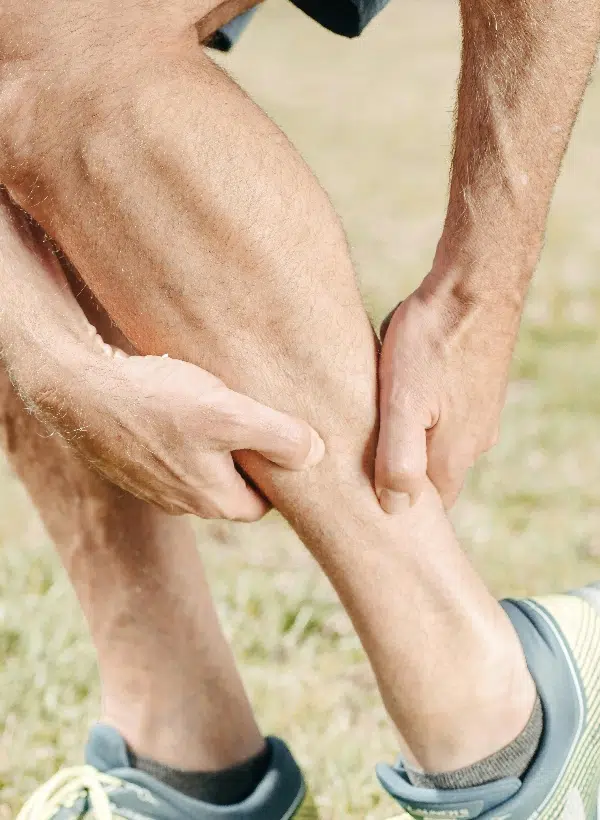
Leg cramps can occur for a variety of reasons. Here, we will highlight the major causes of leg cramps.
The following factors contribute to leg cramps:
- Dehydration
- Electrolyte imbalance
- Exercise-associated muscle cramps
- Circulatory issues
- Pregnancy
- Prolonged sitting or standing
- Inadequate stretching
- Medications
- Medical conditions like varicose veins or deep vein thrombosis
- Thyroid disorders
- Aging
- Alcohol consumption
- Cold exposure
But don’t worry; wearing compression socks can be extremely helpful in preventing leg cramps. Let’s explore how compression socks can help prevent them!
How Compression Socks Help With Leg Cramps?
If the cause of your leg cramps is poor circulation or muscle fatigue due to lack of activity, the benefits of compression socks for leg cramps are undeniable. They not only help to improve symptoms but also offer prevention from leg cramps.
Compression stockings apply graduated pressure along different points of your leg, from the ankle to the knee. The pressure is highest at the ankle and gradually decreases as it moves up to the knee. This helps prevent blood clots or pooling of blood within the legs, thus stimulating the upward flow of blood back to the heart.
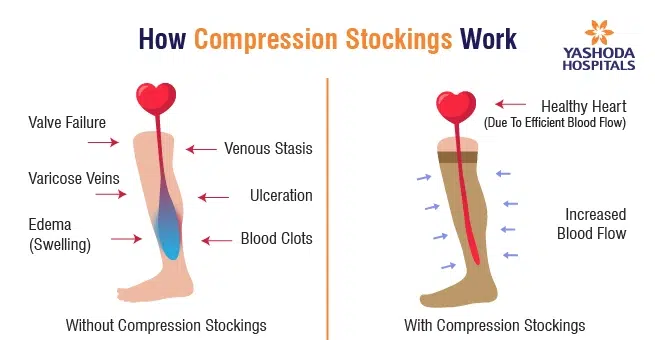
Source: https://www.yashodahospitals.com/blog/unlocking-the-secrets-of-compression-stockings/
Several mechanisms explain how compression socks help with leg cramps:
Enhanced Blood Circulation Prevents Leg Cramps
Compression socks improve blood circulation through the graduated gentle pressure they apply. This prevents blood clots and promotes blood flow from the legs to the heart, reducing the risk of cramps.
Reduced Muscular Oscillations Decrease the Risks of Leg Cramps
Increased muscular oscillations are linked to higher risks of fatigue and muscle cramping. However, compression socks reduce muscle vibrations during athletic activities through their generated pressures. It will consequently reduce the occurrence of leg cramps.
Decreased Edema and Swelling Prevent Muscle Fatigue
Compression stockings prevent fluid accumulation within leg tissues. This decreases the risks of edema and swelling, which in turn reduces leg cramps.
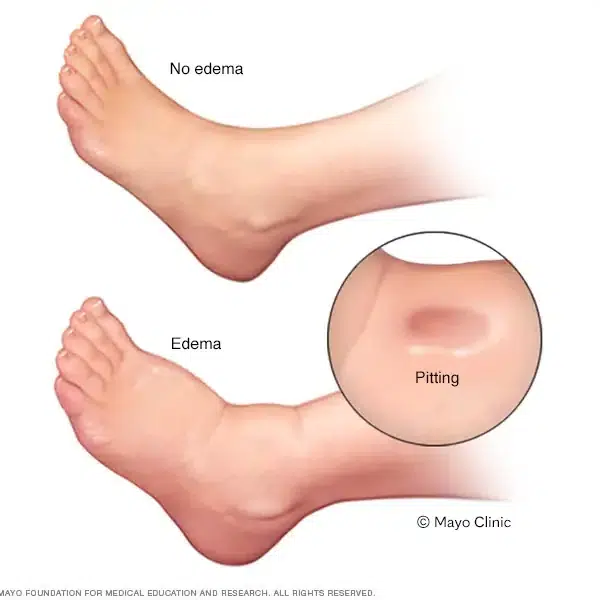
Edema in the foot and ankle
Source: https://www.mayoclinic.org/diseases-conditions/edema/symptoms-causes/syc-20366493
Enhanced Oxygenation of the Muscles and Tissues Eases Leg Cramps
Enhanced blood circulation has a positive and direct impact on better oxygen supply and nutrient delivery to the muscles and tissues. Since compression socks enhance circulation, they also improve oxygenation, alleviating the symptoms of leg cramps.
Muscular and Joint Support Provides Stability to the Legs
Compression socks offer support and stabilization to the muscles and joints of the legs. This support helps to prevent the risks of injuries and muscle cramp during athletic activities.
Temperature Regulation Helps with Leg Cramps
Additionaly, leg cramps can be caused by cold exposure. Compression socks help prevent leg cramps due to cold exposure by maintaining optimal muscle temperature, keeping the muscles firm and warm, thus reducing the risk of muscle spasms.
Prevention of Varicose Veins to Avoid Blood Pooling and Leg Cramps
Varicose veins are directly linked to leg cramps. Compression socks alleviate the symptoms of varicose veins by enhancing blood circulation and reducing blood pooling through reduced venous distension, thus preventing leg cramps due to vein diseases.
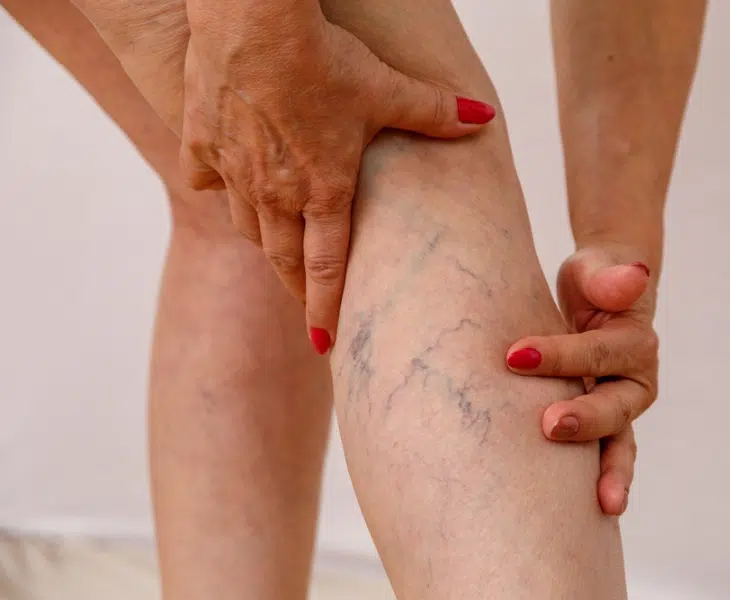
Source: https://empirevein.com/en/blog/vein-specialist/can-varicose-veins-cause-leg-cramps/
Best Compression Socks for Leg Cramps
Finding the best compression socks for leg cramps can be challenging, but we’re here to help you.
Compression socks come in different levels of compression. For leg cramps, those with a firm compression level, typically ranging from 20-30mmHg, are often recommended. However, it’s important to consult with a healthcare provider to ensure this level is suitable for your specific needs.
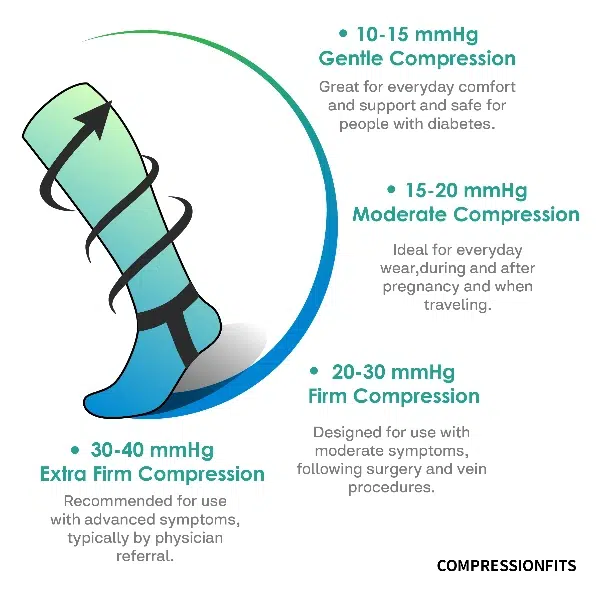
When searching for the best compression socks for leg cramps, consider the following features:
• Graduated compression to promote circulation
• High-quality, lightweight, breathable materials such as nylon or spandex that wick moisture away and keep your feet dry
• Seamless construction to prevent chafing and ensure comfort
• Reinforced soles for extra comfort, especially during prolonged standing
• Comfortable anatomic fit that isn’t too tight, with reinforced toe and heel for added durability
When putting on compression socks, consider wearing rubber gloves to make the process easier and ensure a proper fit without damaging the fabric.
How Long Should You Wear Compression Socks For Leg Cramps?
The duration of wearing compression socks depends on individual needs, and it’s important to tailor this to your own requirements. Here are some general guidelines:
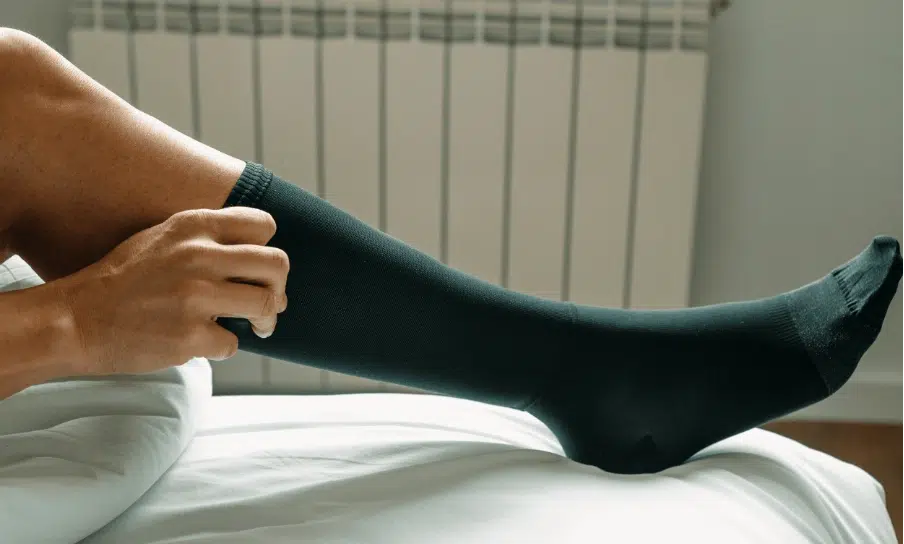
• Wear them for 6-8 hours during the day with a firm level of compression.
• Consider wearing them for a few hours before bedtime to reduce the chances of cramps during sleep.
• For overnight use, choose compression socks with a mild compression level, ranging from 15-20mmHg. Ensure they are comfortably fitted and not too tight.
For the best results, always consult your healthcare provider for personalized advice.
FAQs
Q1. Are compression socks good for leg cramps?
Yes, compression socks can be beneficial for leg cramps, particularly when related to poor circulation. They apply mild to firm pressure on the legs, which helps prevent blood pooling or clotting and improves circulation back to the heart. This enhanced circulation can reduce discomfort and leg pain, especially during prolonged standing or sitting.
Q2. Will wearing compression socks help with leg cramps at night?
Yes, compression socks can help alleviate leg cramps at night. They improve blood circulation, reduce muscle fatigue and swelling, and increase oxygen delivery to the muscles and tissues. Additionally, their gentle pressure supports the leg muscles and tendons, helping to prevent nocturnal leg cramps.
Q3. Do compression socks prevent pregnancy leg cramps?
Yes, compression socks are effective in preventing pregnancy-related leg cramps. They enhance blood circulation, reduce swelling and edema, and alleviate muscle fatigue, providing essential support to the leg muscles.
Q4. Can you sleep in compression socks?
Yes, you can sleep in compression socks. However, it is important to choose the appropriate level of compression to avoid restricting blood flow or causing discomfort. For overnight use, milder or lower compression levels are recommended.
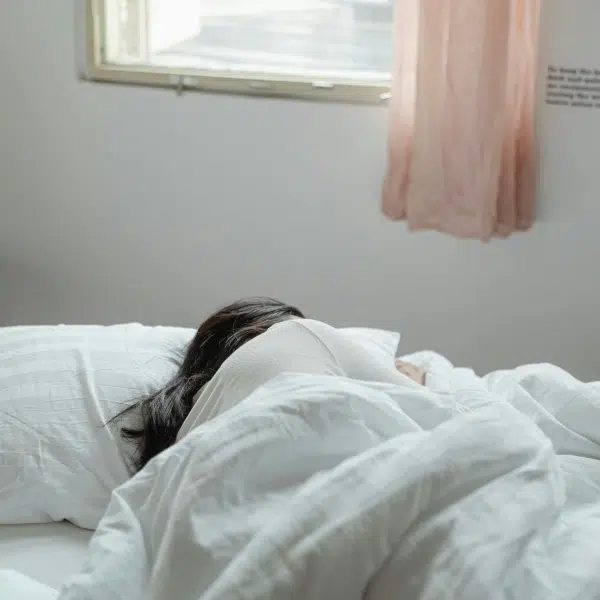
Crux of the Matter
Leg cramps are sudden muscular contractions that often cause discomfort and pain in the legs, particularly while at rest. They can be triggered by various factors such as poor circulation, decreased muscle oxygenation, increased swelling, or medical conditions like varicose veins or deep vein thrombosis (DVT).
Wearing compression socks can be highly beneficial for alleviating leg cramps. The gentle pressure they provide helps address these issues, improving circulation and reducing swelling, which in turn relieves leg cramps.
For the best results, a firm degree of compression (20-30mmHg) is recommended to address leg cramps. However, for overnight use, a moderate compression level is preferable to ensure extra comfort.
Always consult with healthcare professionals before making any decisions regarding treatment.
We hope this information helps you stay comfortable and healthy!
